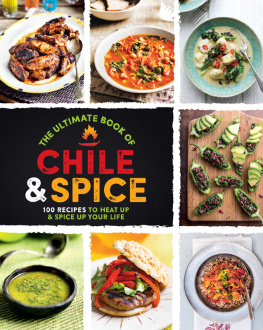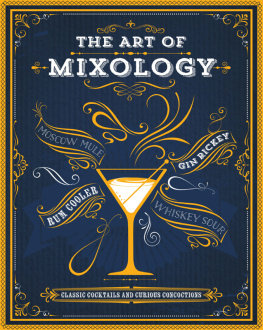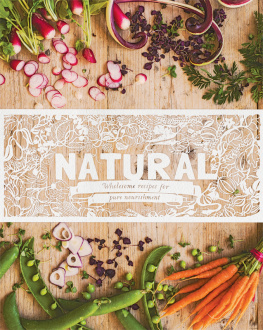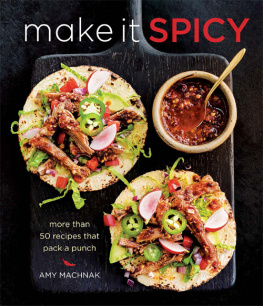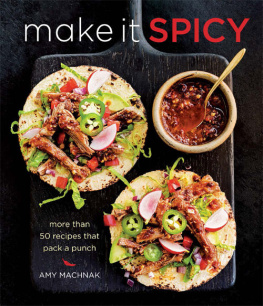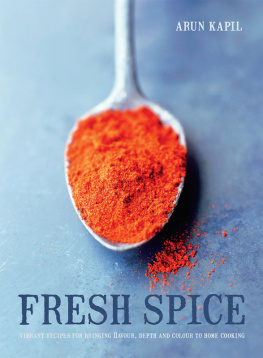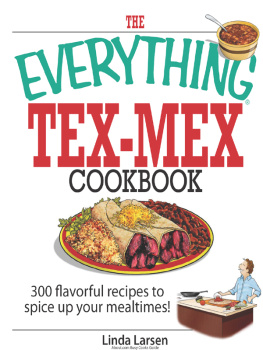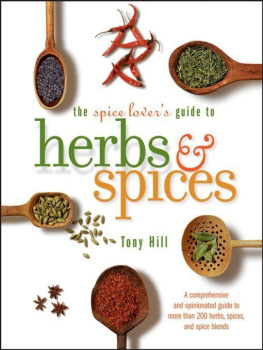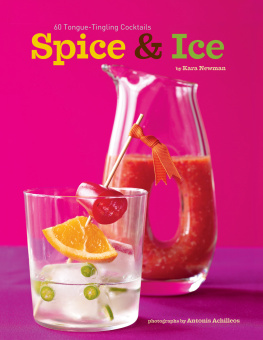

This digital edition published by Parragon Books Ltd in 2017 and distributed by
Parragon Inc.
440 Park Avenue South, 13th Floor
New York, NY 10016
www.parragon.com/lovefood
LOVE FOOD is an imprint of Parragon Books Ltd
Copyright Parragon Books Ltd 2017
LOVE FOOD and the accompanying heart device is a registered trademark of Parragon Books Ltd in the USA, the UK, Australia, India, and the EU.
All rights reserved. No part of this publication may be reproduced, stored in a retrieval system, or transmitted, in any form or by any means, electric, mechanical, photocopying, recording, or otherwise, without the prior permission of the copyright holder.
10 9 8 7 6 5 4 3 2 1
ISBN 978-1-4748-3559-6
Notes for the Reader
This book uses standard kitchen measuring spoons and cups. All spoon and cup measurements are level unless otherwise indicated. Unless otherwise stated, milk is assumed to be whole, eggs are large, individual vegetables and fruits are medium, pepper is freshly ground black pepper, and salt is table salt. A pinch of salt is calculated as 1/16 teaspoon. Unless otherwise stated, all root vegetables should be peeled prior to using.
The times given are only an approximate guide. Preparation times differ according to the techniques used by different people, and the cooking times may also vary from those given.
For best results, use a food thermometer when cooking meat. Check the latest government guidelines for current advice.
Take care when preparing chiles. The fiery heat comes from the chemical compound capsaicin, located in the white pithy inner core or rib of the chile. Capsaicin can aggravate skin and eyes, so always wash your hands thoroughly after handling chiles. If your skin is sensitive, wear plastic gloves. Never touch your eyes or mouth after handling chiles without thoroughly washing your hands first with soap and water.
Front cover recipes, clockwise from top left: p.28 Sticky Bourbon Chicken Wings; p.46 Spicy Chickpea Red Pepper Soup; p.182 Monkfish & Baby Broccoli Coconut Soup; p.12 Tabbouleh-Stuffed Jalapeos; p.157 Spiced Turkey Stew with Whole-Grain Couscous; p.154 Mexican Turkey Burgers (shown with bell pepper slices); and p.80 Chimichurri Sweltering Sauce.
CHILES & SPICES A CULINARY JOURNEY

If youre tired of preparing the same predictable meals and are craving something with a little more oomph, then look no farther. Chile & Spice features 101 sizzling recipes from around the globe to help jazz up your disheswarming appetizers, snacks and sides; fiery vegetarian, meat, and fish main courses; and tantalizing sweet treats.
SPICES
In ancient times, spices were used to prevent ingredients from spoiling and to disguise food with strong odors and unpleasant flavors. As they became popular for their aromatic flavors, spices were integrated into everyday cuisine, with countries and regions developing their own unique signature dishes based on available indigenous spices. Over time, people discovered the remarkable medicinal properties of specific spices.

Nowadays, we may not give much thought to our ubiquitous, affordable spices as we sprinkle them liberally over ingredients, but they have an incredible history. Once the worlds biggest and most dominant industry, the spice trade produced great wealth for many nations. Spices were such precious commodities that nutmeg and pepper were worth more than gold.
The spice trade began with camel caravans in the Middle East some 4,000 years ago. Arabic spice traders spun elaborate myths about how hard the spices were to come by, thereby adding to their allure and driving up prices. The Silk Road connecting Asia with North Africa and Europe played a vital role in building mighty civilizations and empires, such as those of China, India, Egypt, Persia, Arabia, and Rome.

For centuries, Middle Eastern and North African traders monopolized the spice trade, becoming increasingly wealthy and powerful, and forcing European merchants to pay excessively high prices. By the 1400s, even the nobility was struggling to pay for aromatic luxuries, so explorers were dispatched overseas in search of alternative trade routes.
First to cross the Atlantic Ocean was the Italian explorer Christopher Columbus, who accidentally stumbled across the Americas in 1492 while looking for precious black pepper and a more direct route to India. He discovered new fruit and vegetables, including corn, potatoes, pumpkins, pineapple, avocados, and papayas, and perhaps most notably the much-loved chile pepper.
In 1497, Portuguese explorer Vasco de Gama became the first to sail directly from Africa to India. His sea route around Africa opened up a trade between Europe and Asia, and it resulted in a Portuguese dominance of the spice trade that endured for centuries.
As spice cultivation began to spread around the world, availability became more widespread and prices fell. Highly valuable spices, such as pepper, cinnamon, and nutmeg, are no longer the precious products they once were, but they are just as popular today, still cherished for their vibrant colous, pungent flavors, and enticing aromas.

CHILES
Chile peppers are the pods of perennial, woody-stemmed shrubs that belong to the Capsicum genus. They originate from Central America, where archeologists have found traces of their consumption by humans dating back to 7500 BCE . Chiles have been used as a primary ingredient in Mexican cooking for hundreds of years.
Although chile peppers were unheard of in Europe until Columbuss fifteen-century discovery, they had already played a major part in Asian cuisine for some 2,000 years. With the increase in shipping during the sixteenth and seventeenth centuries, Indian and Chinese flavorings spread around the globe. Chiles soon became a favorite way to add piquancy to cooking, especially because they were much cheaper than pepper.
Chiles have never fallen out of favor, and today around 25 percent of the worlds population enjoy them in their daily diet. There is a huge variety to choose from, including Thai, Scotch bonnet, habanero, and jalapeo. They are grown widely in many parts of the world as an important commercial crop, but India is the biggest cultivator, exporter, and consumer of this hot pod.
As well as their fiery flavors, chiles also have many nutritional and health-boosting benefits. The pods heat-emitting chemical compound, capsaicin, has antibacterial, anticarcinogenic, and pain-relieving properties, and may also lower bad cholesterol. Fresh red and green chiles are a rich source of vitamins A, B, and C, as well as minerals such as iron, potassium, magnesium, and copper.
Chiles can be bought fresh, dried, or powdered. Fresh varieties come in vibrant colors of red, green, orange, and yellow, and you should look for firm, plump ones with healthy stems. Avoid buying chiles that are soft, discolored, missing their caps or have spots or signs of mold. Store them in the refrigerator or a cool, dark place for up to two weeks, then wash before use. The most flavorful dried chile peppers are the sun-dried variety. Look for ones with smooth, unblemished skins with a slight bendiness to them. Use within a year.

